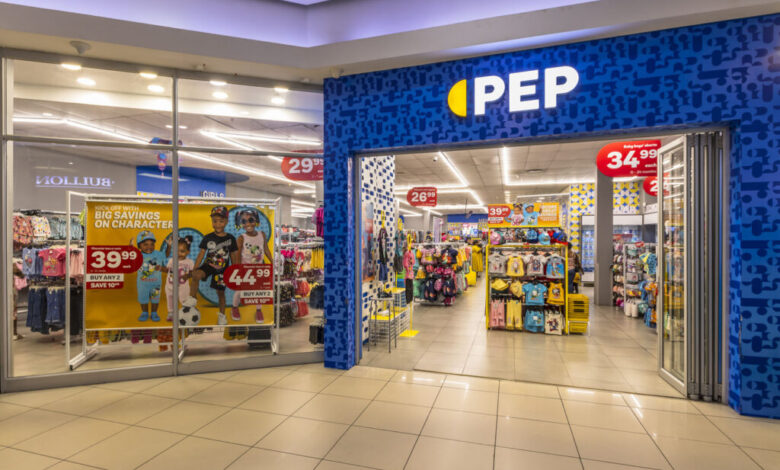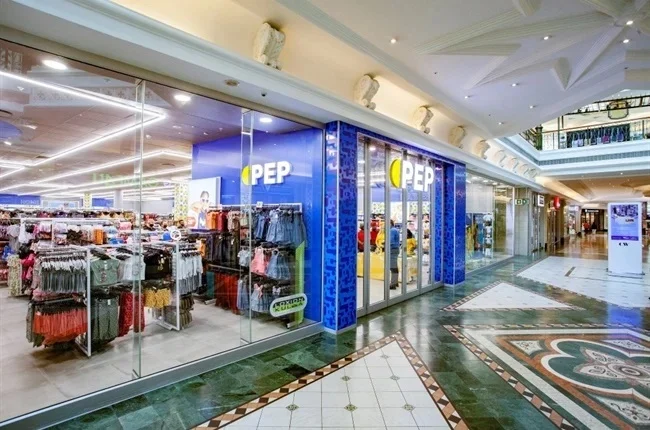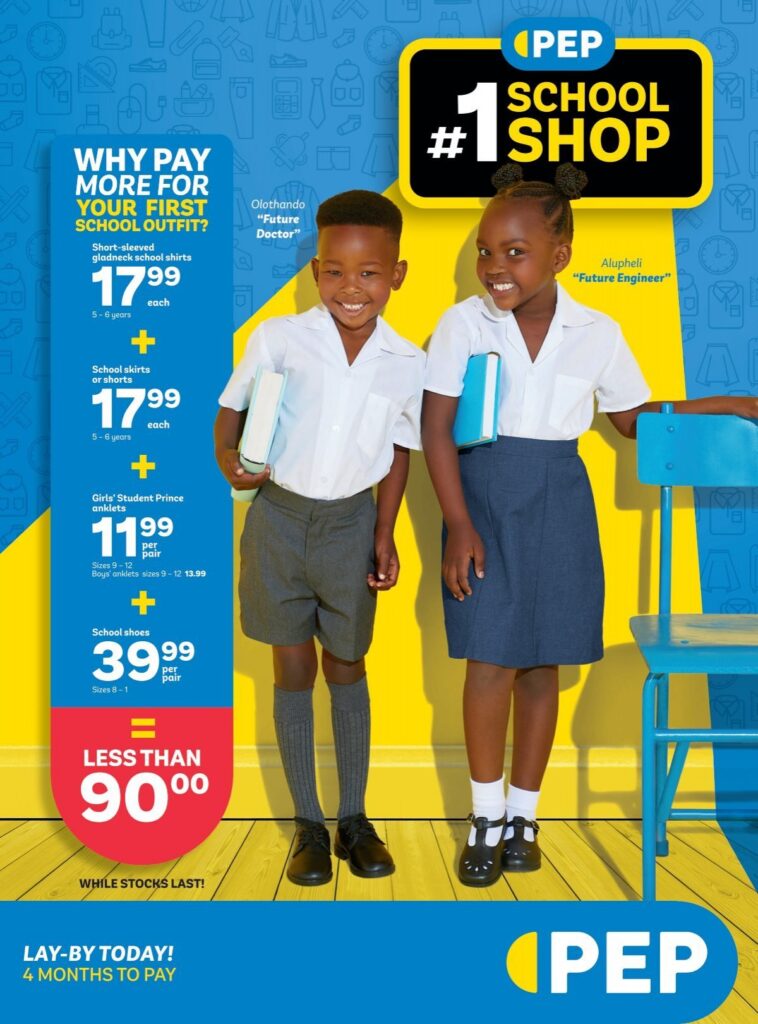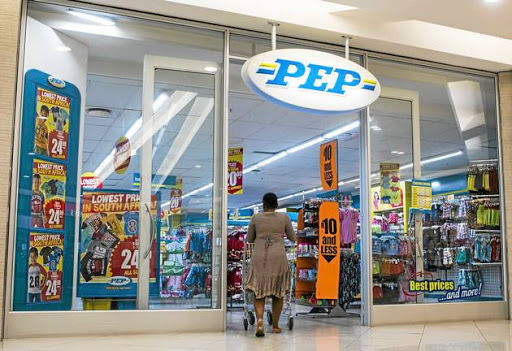The Rise of Pep: How to Dominate Budget Retail

The Rise of Pep: How to Dominate Budget Retail. Pep Stores is a name synonymous with affordability and accessibility in South Africa’s retail landscape. What began as a small clothing store in 1965 has evolved into a retail empire that dominates the budget sector, with over 2,500 stores across Southern Africa. Pep’s rise to the top is a testament to the power of understanding your market, delivering consistent value, and embracing resilience in the face of challenges. This is the story of how Pep became the go-to brand for budget-conscious shoppers and an inspiration for entrepreneurs seeking to build enduring businesses.
The Humble Beginnings
Founded in 1965 by Renier van Rooyen in the rural town of De Aar, Pep was born out of a vision to provide affordable clothing to low-income South African families. Van Rooyen recognized a gap in the market: a large segment of the population struggled to access quality clothing at prices they could afford. His mission was simple but ambitious—to bring dignity and joy to his customers by offering “lowest prices, every day.”
Pep’s early success was driven by its laser focus on its core audience: rural and working-class communities. Instead of targeting urban centers, Pep set up stores in smaller towns and underserved areas, making affordable retail accessible to people who needed it most.

Key Strategies Behind Pep’s Success
Understanding and Serving Its Core Market
From the outset, Pep prioritized its customers’ needs. Its focus on affordability, practicality, and accessibility made it a trusted brand among South Africa’s low-income communities. Pep stores became a lifeline for families looking for affordable school uniforms, household items, and everyday clothing.
By consistently delivering on its promise of value, Pep built an unshakable bond with its customers, who saw the brand as an ally in their daily lives
Expansion into Underserved Markets
Pep’s decision to expand into rural and semi-urban areas was a game-changer. These communities were often ignored by larger retailers, giving Pep a first-mover advantage. By positioning its stores closer to where its customers lived, Pep became a household name in areas that competitors had overlooked.
This strategy wasn’t without challenges. Opening stores in remote locations required significant logistical planning and investment in supply chains. However, Pep’s commitment to serving these communities paid off as it gained a loyal customer base with minimal competition
Operational Efficiency and Cost Management
To dominate the budget retail sector, Pep adopted a no-frills approach to its operations. The company streamlined its supply chain, negotiated bulk deals with suppliers, and maintained simple, cost-effective store designs. This focus on efficiency allowed Pep to keep its prices low without compromising on quality, reinforcing its value proposition.
Diversifying Product Offerings
While Pep started as a clothing retailer, it quickly diversified its product range to include household goods, footwear, and mobile phones. Recognizing the growing demand for connectivity, Pep launched PepCell, offering affordable mobile phones and airtime. This move not only boosted revenue but also strengthened the brand’s relevance in a rapidly changing market.

Challenges Faced and Lessons Learned
Balancing Growth and Consistency
Pep’s rapid expansion in the 1970s and 1980s came with challenges, particularly in maintaining consistent customer service and stock availability across all stores. Initially, some stores struggled to meet the brand’s high standards, leading to customer dissatisfaction.
Lesson: Scaling a business requires a strong operational framework. Invest in training and supply chain management to ensure consistency as you grow.
Competing with Global Retailers
The arrival of global retail giants like Walmart (through Massmart) in South Africa posed a significant threat to Pep. These competitors brought global expertise and significant resources, challenging Pep to defend its market share.
Pep responded by doubling down on its strengths: affordability, customer loyalty, and local market expertise. By staying true to its core values, Pep retained its dominance in the budget sector.
Lesson: When faced with competition, focus on what sets your brand apart and reinforce your unique value proposition
Adapting to Changing Consumer Behavior
As South Africa’s middle class grew, some customers shifted towards more aspirational brands. Pep adapted by introducing better-quality products while maintaining its affordability. The brand also invested in modernizing its stores to appeal to a broader audience.
Lesson: Stay attuned to evolving customer preferences and be willing to adapt your offering without losing sight of your core identity.

Capitalizing on South African Culture
Pep’s success is deeply rooted in its understanding of South African culture and values. By offering affordable school uniforms, Pep became an essential part of the back-to-school season for millions of families. Its emphasis on community upliftment—through initiatives like job creation and skills development—further endeared it to its customers.
Pep also embraced the country’s love for connectivity by making mobile phones and airtime accessible to even the most budget-conscious consumers. This move not only boosted sales but also reinforced the brand’s relevance in a digitally connected world.
Conclusion
The rise of Pep is a masterclass in how to dominate the budget retail sector. Through a relentless focus on affordability, a deep understanding of its customers, and strategic innovation, Pep built a brand that resonates with millions of South Africans. Its journey offers a powerful lesson: with authenticity, operational excellence, and resilience, even a small-town business can grow into a retail giant. For aspiring entrepreneurs, Pep’s story is a reminder that serving your community with purpose and dedication is the ultimate formula for success.





